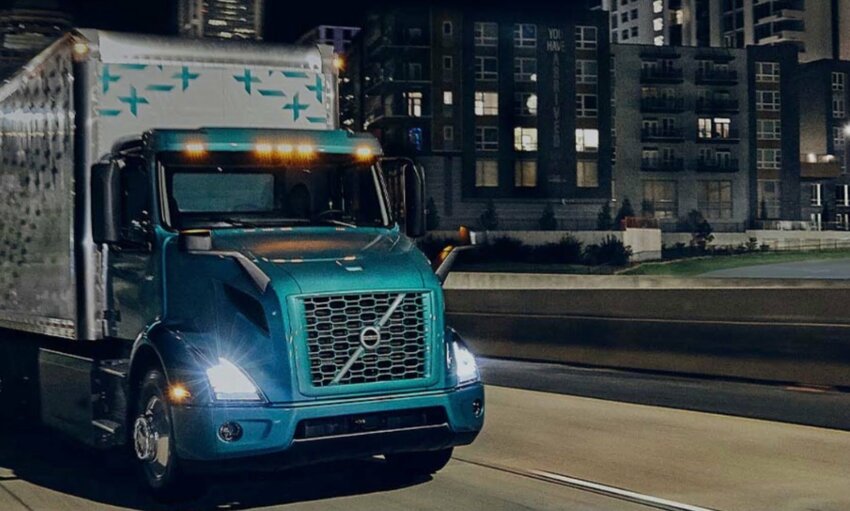 (Pictured: the Volvo VNR electric; Credit: Volvo)
(Pictured: the Volvo VNR electric; Credit: Volvo)The next 10 years are likely to be dramatic in terms of electric heavy commercial vehicles; in China, the trend is already well underway, particularly with electric trucks, but the rest of the world is expected to follow in coming years, with revenue expected to reach $370 billion annually by 2030. Though momentum is strong, the challenges are not insignificant — mostly relating to range and charging speed.
Electric heavy commercial vehicles require major increases to power capacity at fleet depots and fast-charging sites that are not easily planned, according to recent research from Guidehouse Insights. But because the viability of other low or zero emissions solutions is “questionable,” electric heavy commercial vehicles (e-HCV) markets are poised to “expand significantly” in the next 10 years, the research finds.
Plug-in electric vehicle technologies have steadily made gains in light duty vehicle markets since 2008. Those gains have sparked significant investments in battery and charging technologies (like this investment from Ford) that are enabling plug-in EVs to enter the heavy commercial vehicle (HCV) market for trucks and buses.
Public transit fleets worldwide are implementing the transition toward electricity at a rapid pace, and major parcel delivery services have made huge orders for purpose-built e-HCVs from new automakers such as Rivian, Arrival, and Chanje. DHL Express, for example, recently announced that, following a successful initial pilot program using nine Lightning Electric Ford Transit 350HD electric vans in the US late last year, it plans to deploy the remaining 89 electric vehicles this year in New York and California.
Additionally, electric rigid trucks and day cab tractors are being introduced by established truck suppliers such as PACCAR, Volvo Trucks, and Daimler, and high capacity charging technology standards to enable electric long-haul trucking are nearing debut, the report says.
Mounting pressure from governments and corporate customers demanding that manufacturers and fleets provide zero emissions solutions are helping drive the trend. Emissions and energy efficiency regulations in two-thirds of the global HCV market are pressing manufacturers to make more energy efficient vehicles, making e-HCVs more attractive.
Guidehouse Insights forecasts that the e-HCV market is likely to grow significantly by 2030, with revenue expected to surpass $370 billion annually. Most of the revenue in this period will be captured by e-bus suppliers; however, in the latter half of the forecast period, the e-truck and charging infrastructure markets are expected to make significant gains as high capacity charge points are deployed to support the electrification of long-haul semitrucks.